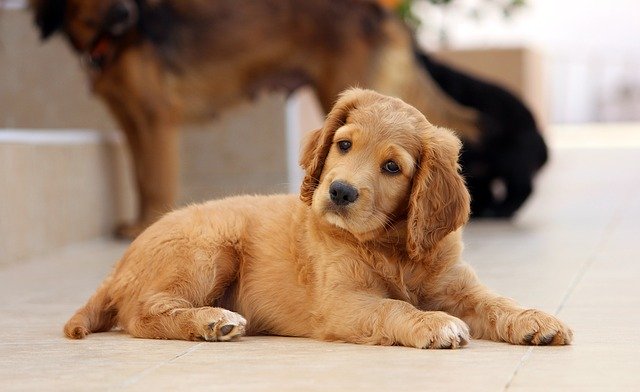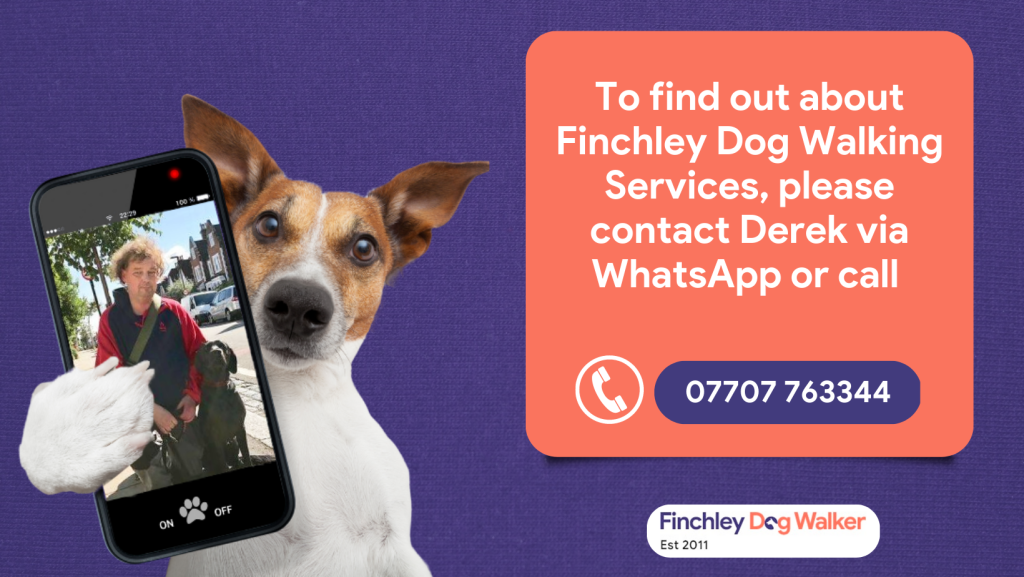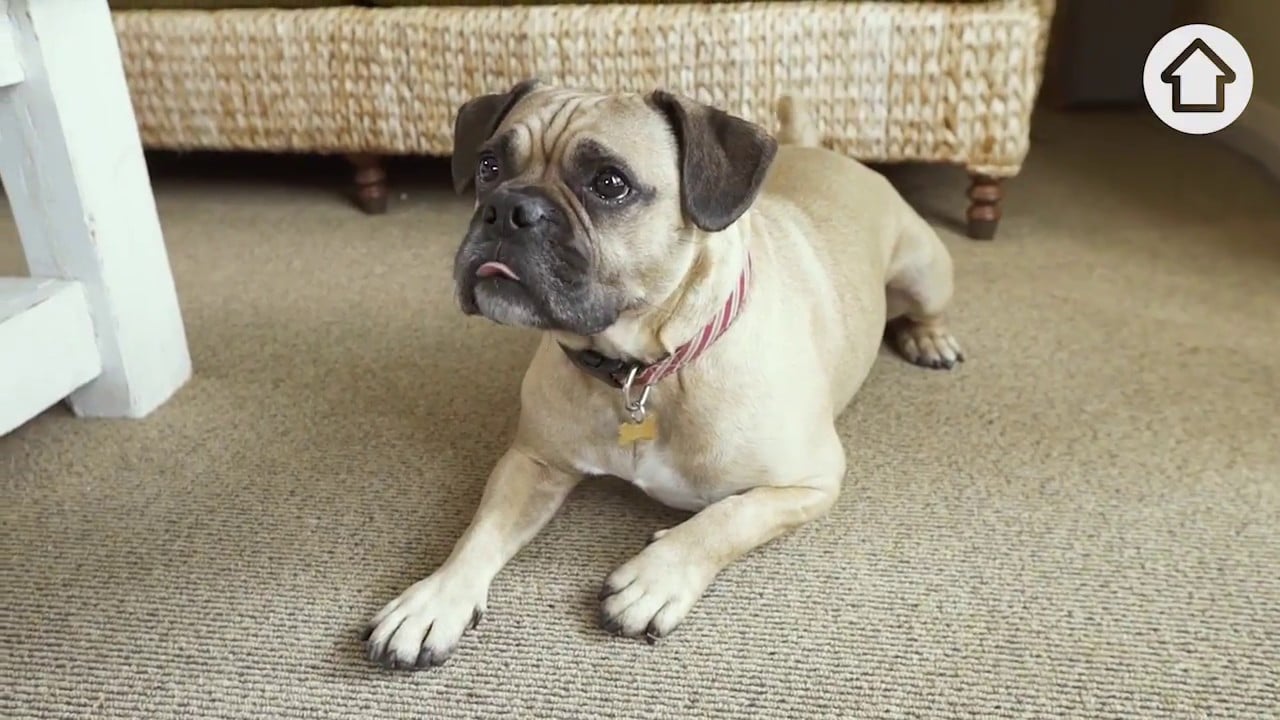Estimated reading time: 9 minutes

Table of contents
Many people who have not had a dog before ask me about dog-proofing their home and what tips I can give them to keep their puppies safe and ensure they become healthy adults. Like children, a lot of what happens during their puppy years can affect their well-being when they get older.
One of the best things about owning a dog is not only the love and affection they will bring you but also going out and enjoying walks and the great outdoors together – Finchley is an excellent area for dog owners as it offers lots of different walking opportunities.
Below are some of my Top Tips for Walking Your Puppy
Vaccinations
It is important to ensure your dog is fully vaccinated before taking him on his adventure. If you got your puppy from a rescue centre, the chances are they would have had their vaccinations and be microchipped, but it is essential to check this with the rescue centre. It is worth contacting your local vet for a puppy package.
Generally, dogs are vaccinated against parvovirus, distemper, leptospirosis and adenovirus 1 and 2. Whilst you may think it is an unnecessary expense, it is not. These are vital jabs, and any of these diseases can be fatal.
It is also worth considering kennel cough.
While waiting for your dogs to complete their vaccinations, it is still possible to start your lead training. Why not introduce a light collar and some string and walk around the house and garden
Early socialising is beneficial.
Although you cannot take your new friend out for a walk on a collar/harness and lead, you can still help socialise them and experience the great outdoors and get used to new noises, etc. by carrying him around outside or simply just sitting in your front garden watching the world go pass.
It is important to remember that puppies are like sponges, so simple things like this will help him be more confident when you start his adventures.
However, it is important to ensure you don’t overwhelm your puppy. Start with short trips, ideally after mealtimes, so they can also combine it with a toilet trip.
Some suggested trips could be visiting friends and family or maybe the café whilst you sit outside with a coffee.
As with babies, puppies need to learn how to communicate with you and about day-to-day life. Therefore, they must be slowly introduced to things like traffic going past, and other things we tend to take for granted as a puppy will be scary.
If you require help with this, we can help with puppy socialising walks here at Finchley Dog Walker.
Training Your Puppy
Dog Training is especially important. After all, you will hopefully have many happy years together. Therefore, before letting your dog off the lead, it is important to ensure they respond to basic commands, especially “Sit” and “Come.” And “leave it.”. Training needn’t be a tedious task and can be fun. There are lots of 3-minute games you can play with your dog that will teach key things such as proximity. These include “Love My Name”, “Leash off, Party On”, “Magic Hand”, and “Middle to name a few. As a dog walker and h=games-based trainer, I can devise a game package and take you through them.
Collar and lead
Getting your dog used to his collar and lead is a very important step and does not come naturally to your puppy. You may think walking on a lead comes naturally, but unfortunately, this is not the case. Preparing early can make that first walk with your puppy far less daunting for a young puppy.
It is important to remember that when you first put a collar on your new dog, it will feel strange. Therefore, it is important to slowly introduce a small, light collar (or harness). This is best done by making it a positive experience.
When you first put the collar on, feed treats to your pup so it is a positive experience. Take the collar off and repeat once you get to the stage where your dog happily comes up when he sees the collar or harness. Don’t expect this to happen overnight, so patience is required.
After a while, you can add a tiny bit of wool or something similar to the collar as if you are attaching a lead, so they get used to having a lead attached.
Once your puppy has gotten used to the short piece of wool attached to its collar, it’s time to add a longer piece of string to the collar. Once your dog has gotten used to walking around the house and exploring with the string attached to his collar, gently pick it up and follow it around the house and garden, holding the string and rewarding it as you go.
After doing this for a couple of days, it is time to swap the string for a lightweight lead. Leave your favourite dog toy at home.
Walking at the puppy’s pace.
When it is time to start going out for short walks, it is essential to remember that it is his walk, and you need to be at his speed. As mentioned in our article, providing quality walks lets your puppy explore the world and sniff all the new and exciting smells.
When out on walks with your dog, you must provide lots of encouragement and reassurance as the outside world can sometimes be overwhelming, so imagine what a small puppy must be feeling. If it gets too much, provide lots of reassurance and head home. Going for a walk should be fun and one of the highlights of the day, as well as an opportunity to socialise.
Finally, when you go for your first walk, ensure you have plenty of treats, poo bags to pick up his toilet, and patience.
Start of gently
As with any new exercise routine that humans start, it is important to start slowly. Although the temptation of going out for lots of walks with your puppy. DON’T.
In order to protect their joints later in life, they need to build up muscles and tissue, etc., gently. As this can vary from breed to breed, I would.
I always recommend checking with your vet about how much exercise your dog can have, but as a general rule, the Kennel Club’s recommendations and guidance are as follows.
“A good rule of thumb is a ratio of five minutes exercise per month of age (up to twice a day) until the puppy is fully grown, i.e. 15 minutes (up to twice a day) when three months old, 20 minutes when four months old etc. Once they are fully grown, they can go out for much longer.”
Meet and greet in a controlled manner.
One of the biggest rewards a dog can receive is the chance to run off the lead and explore. Part of this will involve meeting and greeting other dogs, so it is important to ensure this is a positive experience.
Before approaching any dog with your excitable puppy, it is best to ask the owners to ensure it is okay. Not all dogs like an excited and bouncy puppy coming up to them – especially older dogs.
If it is fine to approach, do so briefly so it is a positive experience for your puppy.
When out on walks, you may come across dogs with yellow jumpers or coats. These dogs are part of the “Give me space” campaign and should be respected and allowed to have space. You may also find that your puppy gets growled out, which will be scary for the pup.
Using a long line during training.
Letting your puppy off-lead is a big step. The chances are your puppy probably won’t have the best recall, and as a result, we suggest that you use some kind of long line until your dog comes back when you call their name or whistle. Sometimes, this is not practical, especially when your dog is playing, as there is a high danger of getting tangled and hurt. If your dog wants to play, then try and make sure you find a safe place, like an enclosed place for dogs in the park.
Sometimes, our dog is too excited to come back to us, especially when playing. One thing to try (which usually works for me) is to run quickly in the other direction. It is almost guaranteed that your puppy will be curious about the strange game you are playing and come running after you.
The trick with recall is to be the most exciting thing in the park. As a result, they want to return to you.
Join a dog training school.
When you bring home your new puppy, it’s a fantastic time to start building positive habits and experiences, and signing up for a puppy class is one of the best ways to do that. Puppy classes provide a structured environment where your pup can learn essential skills such as sit, stay, and recall, all while being exposed to new sights, sounds, and other dogs in a safe and controlled setting.
These classes are also invaluable for socialisation, helping your puppy develop confidence around people, pets, and unfamiliar environments. Early socialisation is crucial for preventing fear-based behaviours later in life and fostering a calm, well-adjusted adult dog.
Additionally, puppy classes are a great resource for you as an owner. Professional trainers can provide expert guidance on managing typical puppy challenges, like house training, teething, and leash manners. They’re also an excellent way to connect with other dog owners, share tips, and build a supportive community.
The earlier you start, the better! A well-run puppy class can set the foundation for a lifetime of good behaviour and a strong bond between you and your pup.
A dog walkers checklist
A Dog Walker’s Checklist
Whether you’re heading out for a casual stroll or a longer adventure, having a grab bag ready for dog walks ensures you’re prepared for any situation. Here’s a detailed list of what to include for a safe and enjoyable outing with your furry friend.
1. Poo Bags
Always carry enough poo bags when walking your dog. Picking up after your pet is not just courteous—it’s a legal responsibility in most areas. Ensure you dispose of the waste in a proper bin rather than leaving the bag on the ground or, worse, hanging it in trees. Many parks and walking areas have dedicated bins for this purpose, so plan your route accordingly. Consider biodegradable poo bags to make an eco-friendly choice.
2. Treats
Treats are a must-have for rewarding good behaviour and reinforcing training during your walk with your ouooy. Whether it’s practicing recall, discouraging pulling on the lead, or simply rewarding calm behaviour around distractions, treats are a great tool for positive reinforcement. Choose small, easy-to-carry treats that your dog loves, and keep them in a secure pouch for quick access.
3. Water
Carrying water is essential for both you and your puppy, especially during warmer weather or longer walks. Dogs can quickly become dehydrated, so having a collapsible bowl or a dog water bottle makes it easy to keep them hydrated. For yourself, a reusable water bottle is a convenient way to stay refreshed and ready to keep up with your pup’s energy levels.
4. Emergency Numbers
Make sure you have important contact numbers saved in your phone or written down in your grab bag. These might include:
- Your vet’s number for medical emergencies.
- The local animal poison control helpline (in the UK, that’s Animal PoisonLine at 01202 509000).
- A trusted dog walker or sitter who can assist in an emergency.
- The details of a friend or family member who can help if needed.
Being prepared with these numbers ensures you’re ready for unexpected situations, from a lost lead to an injured paw.
5. First Aid Kit
Including a small pet first aid kit can be a lifesaver. Stock it with essentials like antiseptic wipes, bandages, tweezers (for ticks or splinters), and a pet-safe wound spray. These items are useful for handling minor injuries during your walk.
6. Lead and Harness
Double-check that your dog’s lead and harness are secure and in good condition before you head out. For added safety, consider using a harness with both front and back attachment points, along with a double-ended lead for better control. If you’re walking in a new or busy area, a reflective or brightly coloured harness can make your dog more visible.
7. Weather-Appropriate Gear
Depending on the season, you may need to pack additional items:
- Rainy Days: Waterproof jackets for both you and your dog, and a towel for drying off.
- Hot Days: Cooling bandanas or mats, along with extra water.
- Cold Days: A warm coat for short-haired dogs and gloves for yourself.
8. Identification
Ensure your dog’s ID tag is up-to-date with your contact details. This is crucial in case your dog gets lost. Double-check that their microchip information is current as well. Carrying a recent photo of your dog can also be helpful for quick identification if needed.
9. Toys
Bring along your dog’s favourite toy for playtime during the walk. A ball or a tug toy can provide a great way to burn off energy and keep your dog engaged. It’s also useful for redirecting their focus if they get overly excited or distracted.
0. Snacks for You
If you’re heading out on a longer hike or adventure, packing a snack for yourself is a good idea. Staying energised ensures you can keep up with your dog and enjoy the walk just as much as they do.
By keeping a grab bag packed with these essentials, you’ll be ready for a fun, safe, and stress-free walk every time. Preparation not only keeps your dog happy and healthy but also gives you peace of mind, knowing you’re equipped for any situation. Happy walking!
Other important things to remember.
- Remember the Country code—when out enjoying the countryside with your dog, you must follow the country code to keep everybody safe.
- Make sure your dog has a name tag. Under UK law, you must ensure your dog wears a collar (or harness). This must have an ID tag containing your name, address and phone number.
- Take a look at the Dog Walking Etiquette.
- We also recommend doing the Good Guardianship online course.
You may also like to read our other puppy-related articles
- Pet Proofing your home
- Important rules for training your dog
- tips on walking your new dog
- Importance of dog training classes
- Dog Walking Etiquette
- Dangers of tennis balls
If you require help with puppy care or dog walking, please check out my pet care services or get in touch via WhatsApp.

